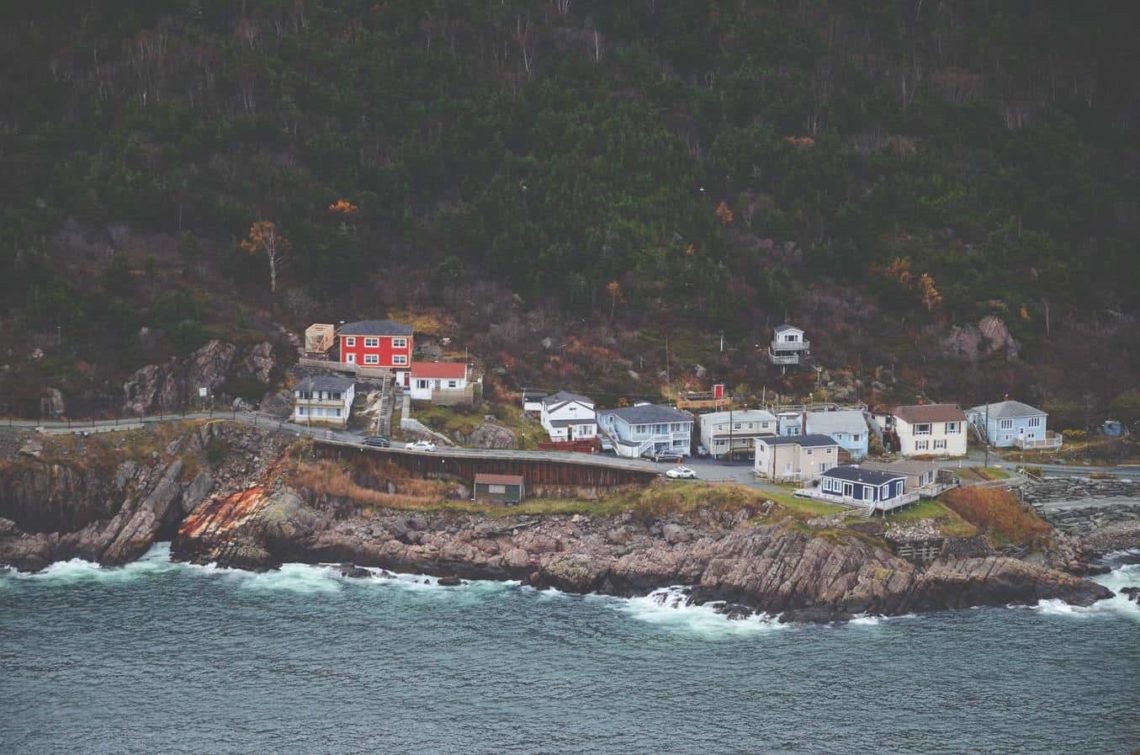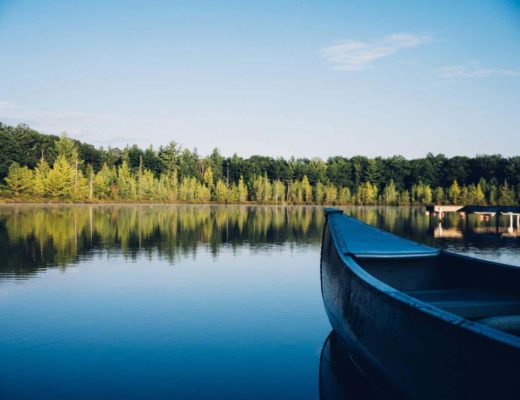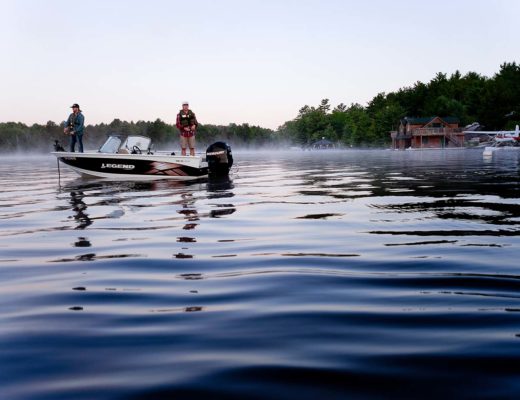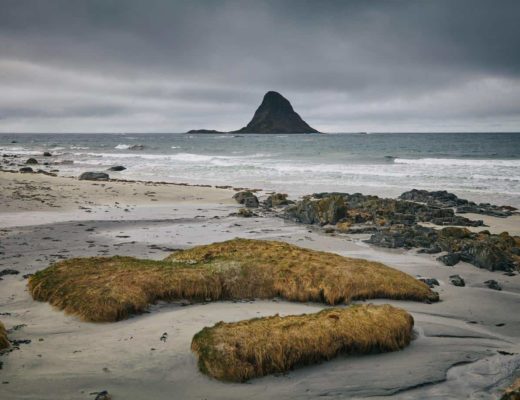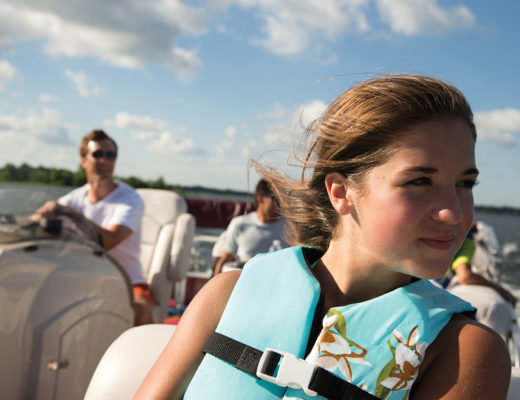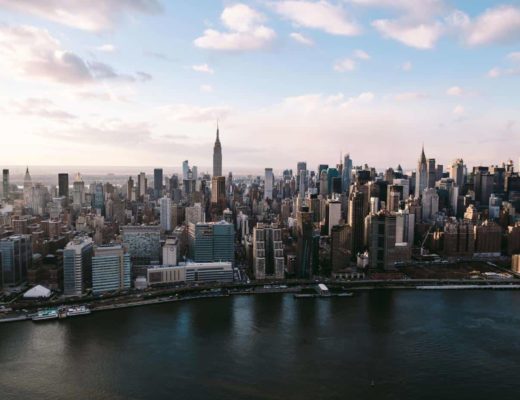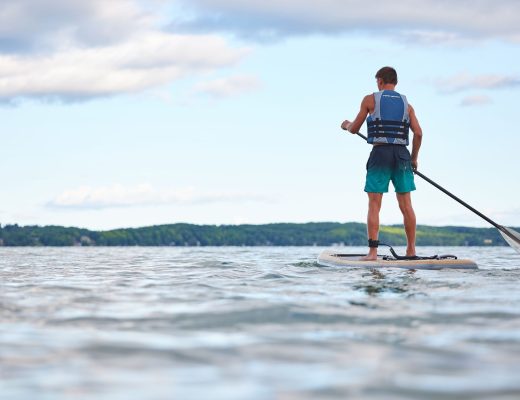Going boating in Newfoundland and Labrador? Newfoundland is home to some of the most underrated scenic boating in Canada.
From the rocky shoreline found on the 29,000 kilometres of coastline to the mysterious inlets, coves, and bays, there is beauty to behold in this province. It’s filled with friendly locals and quaint communities, making it an ideal spot for a vacation.
Ready to learn more about boating in this area? Keep reading for insights!
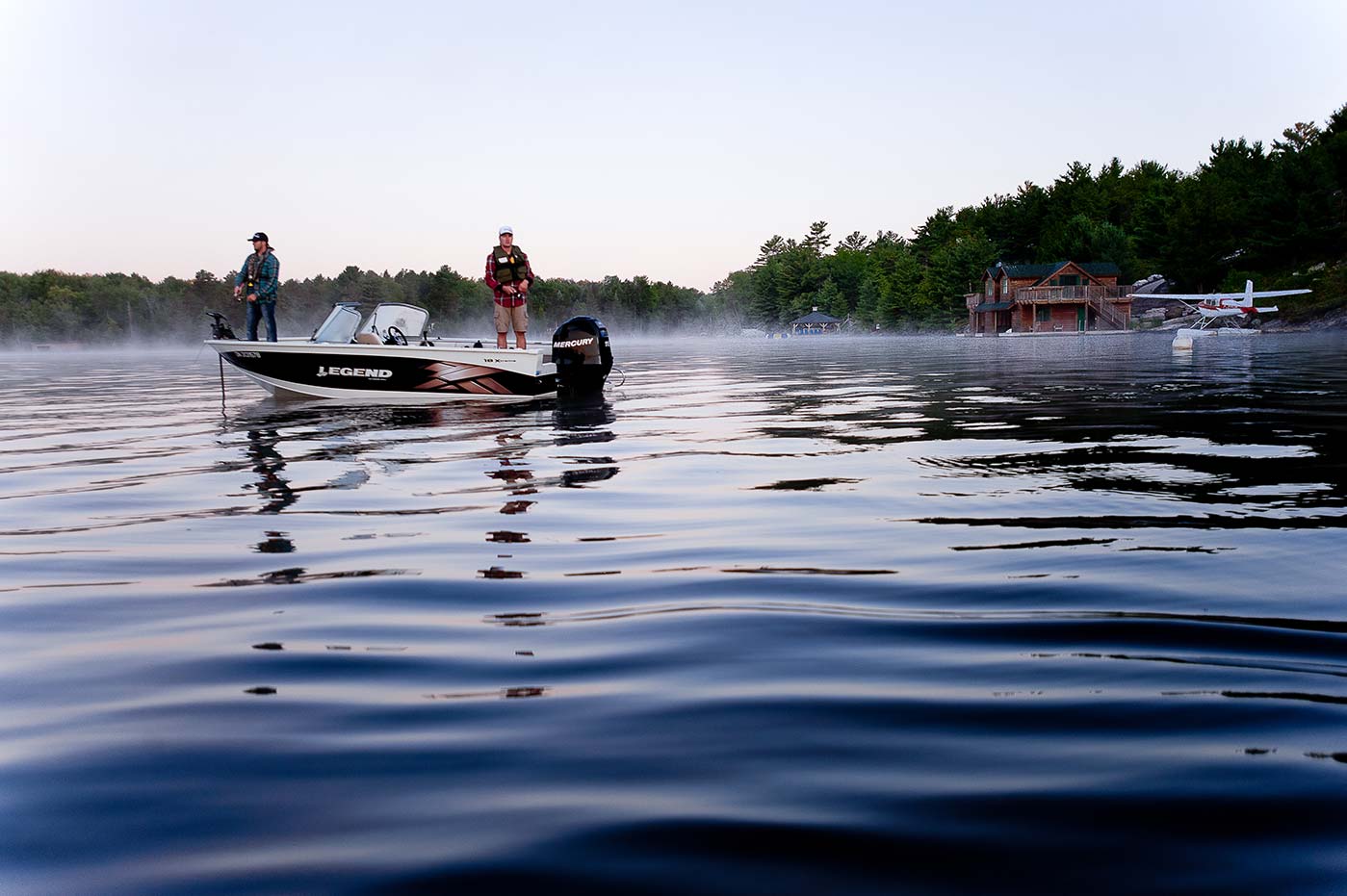
All About Boating in Newfoundland
Newfoundland is a top boating destination that is often overlooked by many despite being the 17th largest island in the world. It is in the North Atlantic and houses more than 7,000 small islands within it. However, the ideal boating season is often a short one.
It typically ranges from June to September, but you can take a cruise earlier in the year if you are prepared for colder weather.
When you spend a day out on the water, you may come across many attractions. During the spring and summer, you could casually pass a 10,000-year-old iceberg. It drifts down what’s known as Iceberg Alley from Greenland. You may also be privy to catch a glimpse of the puffins. They reside in the many cliffs, inlets, and islands of this province.
There are two major ocean currents that converge off the coast of Newfoundland and Labrador. The cold Labrador Current and the warm Gulfstream. When they meet off the southeast coast, they create a fog.
The typical winds in the summer months are southerly or southwesterly in the 10 to 15-knot range. Seawater temperatures range between four degrees on the northern coast to over 15 degrees as you get farther south.
Best Places to Boat in Newfoundland and Labrador
So, with the context of why people love hitting the waters in Newfoundland in mind, where should you go boating in this area? Check out some of our favorite spots below.
Grand Lake
Grand Lake is situated in the interior of the island of Newfoundland. It has an area of 543 km squared, which makes it the largest lake in Newfoundland.
If you are an angler or simply enjoy fishing now and then, Grand Lake is the place to be. The lake is nearly uninhabited, and there are a number of small hunting and fishing lodges near the small town of Howley and Deer Lake. The many inflowing streams are filled with trout and salmon.
Including the smaller “feeder” lakes, Sandy and Birchy, the entire waterway system is a very popular boating and fishing destination. Many kayakers and canoeists use these waterways as well to take in the beautiful scenery of towering cliffs and rocky shorelines.
Red Indian Lake
Located in the western interior of Newfoundland, Red Indian Lake surrounds the small community of Millertown. The lake received its name because its first known inhabitants were the Beothuk Indians. Beothuk were also known as the “Red Indians” due to the tradition of covering their skin in Red Ochre. This is a red clay found in certain areas around Newfoundland.
Red Indian Lake is the second largest lake in Newfoundland, covering 64.4 km in total length and averaging 5.8 km wide. There are a total of eight rivers that flow into it, as well as many smaller brooks.
One river that flows from the lake is the Exploits River, which is the largest river on the island. It has multiple water dams to maintain water levels. It is famous for its Atlantic Salmon, which can be fished from June to August.
The water levels vary from 148 meters above sea level in a drought season to 157 meters at its high-water mark.
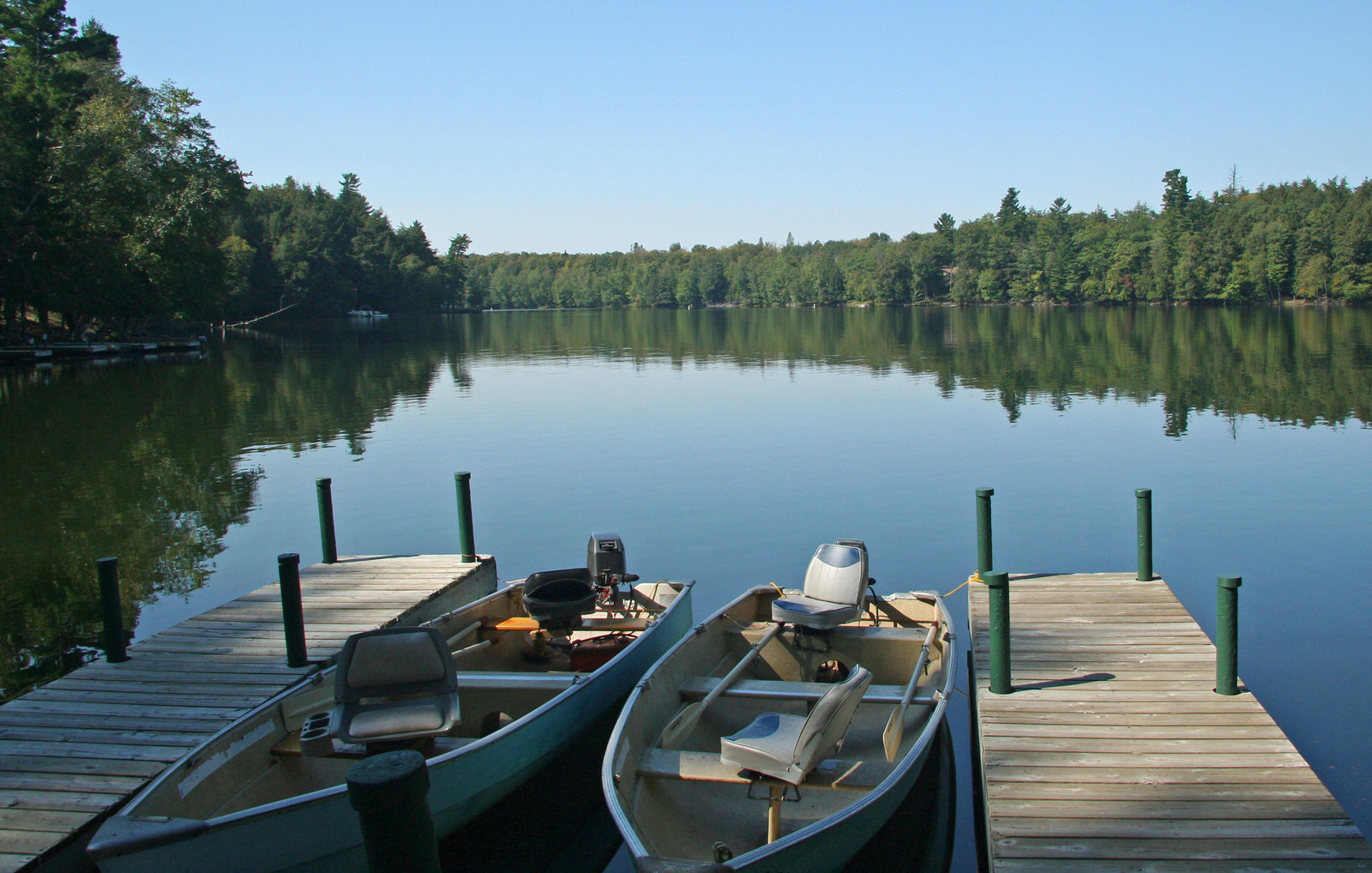
Exploits River
This is the largest and longest river on the island of Newfoundland, running 246 km long. It flows through the Exploits Valley in the central part of Newfoundland.
It’s the perfect destination for both beginners and experts to take a rafting trip. This river is also a known world-class destination for salmon anglers.
Much work has been done to restore this river. It is now one of the most abundant producers of Atlantic Salmon in the world.
Gros Morne National Park
Gros Morne National Park lies on the west coast of the island of Newfoundland. There are launch areas you can utilize to spend the day canoeing and paddling. These launch sites include Trout River Pond, Mill Brook, and/or Lomond.
Upper and Lower Trout River Pond is located at the southern end of Gros Morne National Park. It is one of the most well-known “in-land” fjords in the park.
Then, Western Brook Pond is found on the west coast of the island of Newfoundland. It runs 16 kilometres with a depth of 165 metres. It is the perfect habitat for Atlantic Salmon, Brook Trout, and Arctic Char. The best way to see this epic inlet is by boat tour such as BonTours.
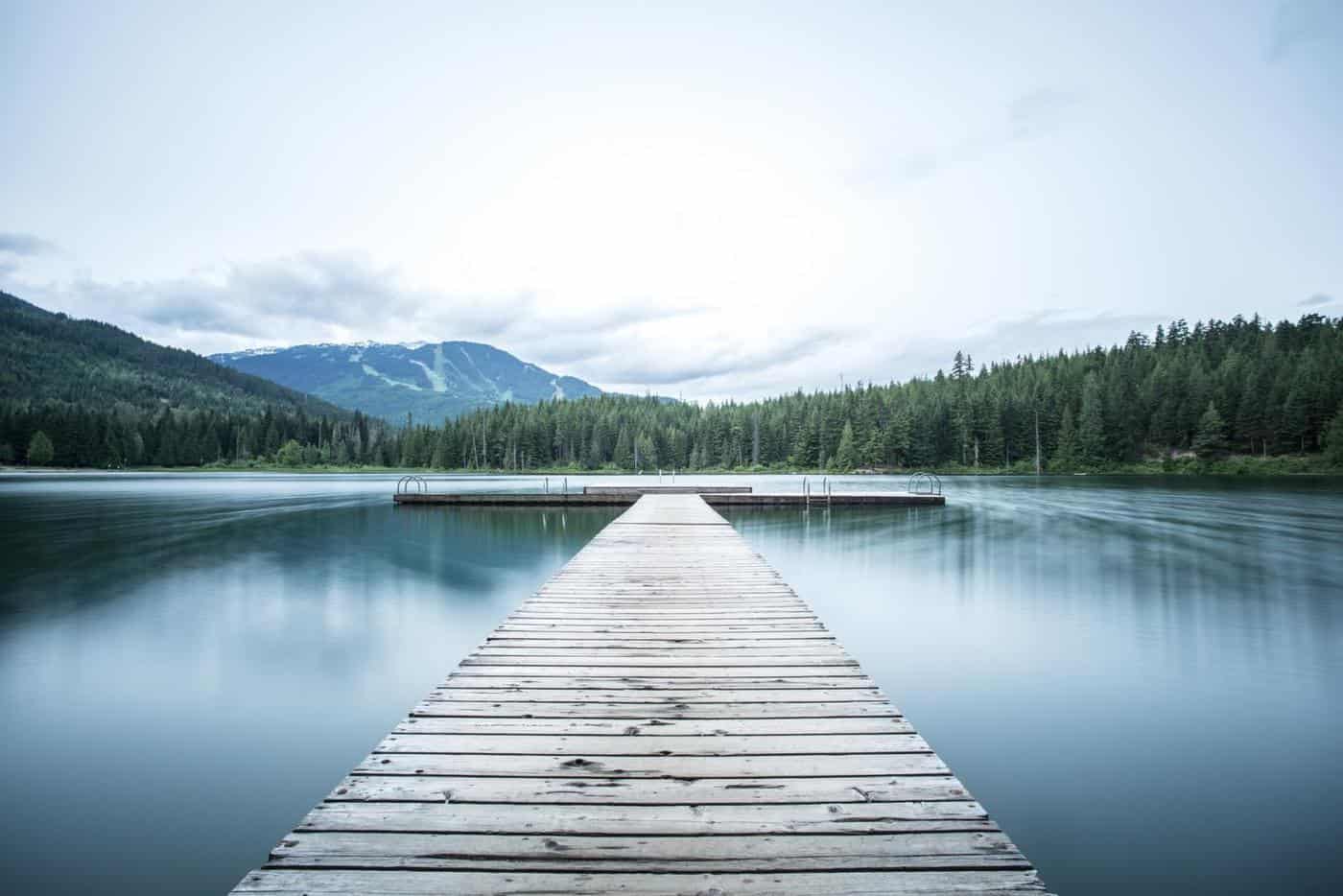
Gander Lake
This lake is located in the central part of the island of Newfoundland and is the third-largest lake in the province. The town of Gander is located on the Northern shore at its midpoint.
There is a public boat launch near the southeastern end of the lake in Little Harbour. You’ll also find campsites on either side of the lake, commonly known as the “fifteen-mile brook.”
Gander Lake is a scenic lake you won’t want to miss on your next trip to Newfoundland.
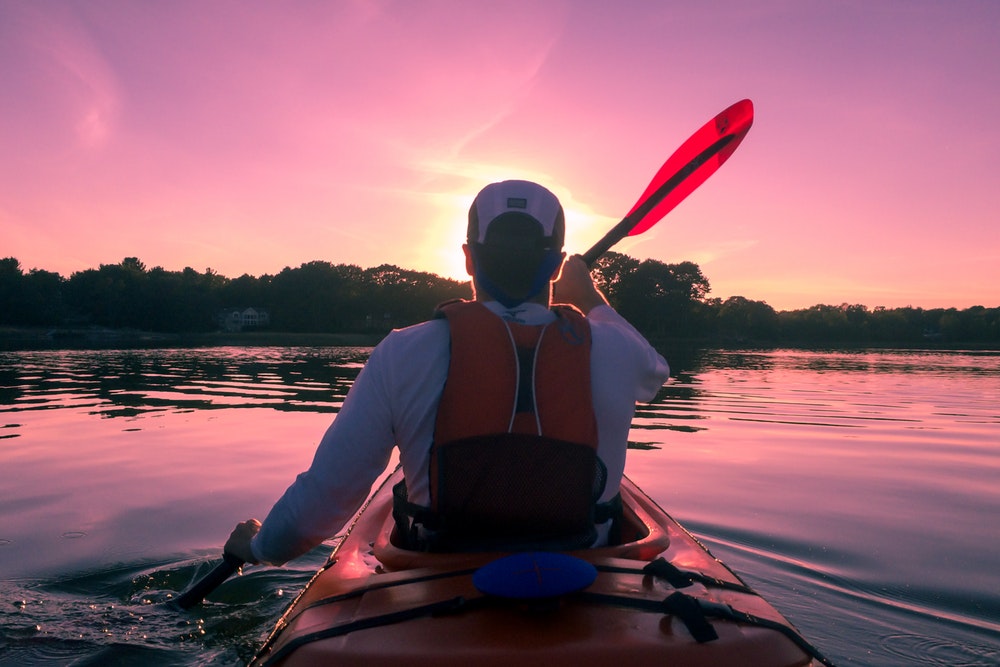
Enjoy Safe Adventures When Boating in Newfoundland and Labrador
Every adventure when boating in Newfoundland and Labrador should be a safe one! When you know how to stay safe on the water, you get to enjoy many more outings through Canada’s waterways.
BOATsmart! is here to help! Take our online boater education course for Canadians. After passing the exam, you’ll get your boater card so you can boat legally (and safely) in Newfoundland and throughout Canada.
Originally posted November 28, 2018. Content most recently reviewed and updated for accuracy and relevancy October 14, 2024.
